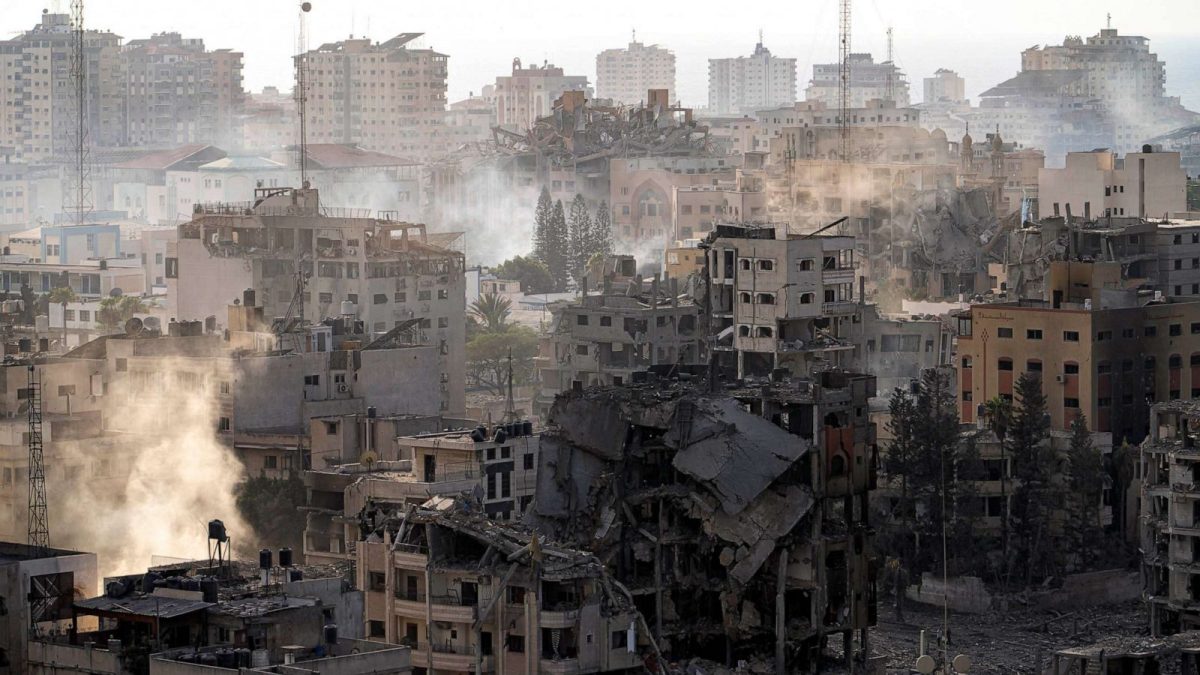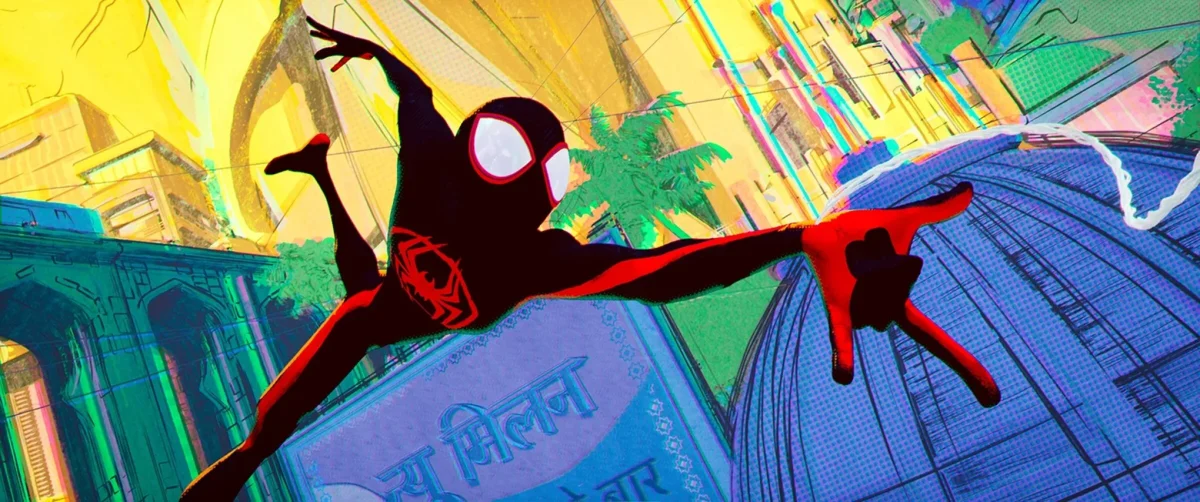In recent years, the Gaza Strip has been at the center of an ongoing conflict that has gathered international attention. As we’re trying to make sense of the situation, it’s important to understand the historical context, key players, and the impact of the conflict on the people living in the region.
The Gaza Strip is a small territory located on the eastern coast of the Mediterranean Sea. It is bordered by Israel to the east and north, and Egypt to the south. The roots of the conflict in Gaza date back to the mid-20th century when the state of Israel was established in 1948, leading to the displacement of hundreds of thousands of Palestinians. Gaza came under Egyptian administration following the Arab-Israeli war of 1948-1949.
In 1967, Israel occupied the Gaza Strip during the Six-Day War. However, in 2005, Israel withdrew its military and settlers from Gaza, leading to hopes for Palestinian self-governance. Israel maintains control over Gaza’s borders, airspace, and territorial waters, effectively imposing a blockade on the region. This blockade severely restricts the movement of people and goods, leading to economic hardship and humanitarian crises.
Since Israel’s withdrawal, the Gaza Strip has been governed by Hamas, a Palestinian Islamist political organization. Hamas won legislative elections in 2006 and subsequently took control of Gaza in 2007 after a violent conflict with the rival Fatah party, which controls the Palestinian Authority in the West Bank. The division between Hamas and Fatah has hindered efforts for Palestinian unity and peace negotiations with Israel.
The conflict in Gaza has been marked by cycles of violence, including frequent clashes between Palestinian militants and the Israeli military. Rockets fired from Gaza often target Israeli towns and cities, leading to Israeli airstrikes and ground incursions in response. Civilians on both sides bear the brunt of the violence, with casualties and displacement exacerbating the humanitarian crisis.
The international community has been actively involved in seeking a resolution to the conflict, with various peace initiatives and negotiations taking place over the years. However, efforts to reach a lasting peace agreement have been hampered by deep-rooted political, territorial, and ideological differences between the parties involved. The conflict in Gaza has had devastating consequences for the civilian population, including loss of life, injury, displacement, and trauma. The blockade has exacerbated poverty and unemployment, while infrastructure such as schools, hospitals, and water facilities have been damaged or destroyed.
In order to learn more about the war in Gaza you can visit this website or cia.gov. You can also check out any news channels that cover the war such as CNN or CBS. There are multiple resources out there and we encourage you to check them out!


















